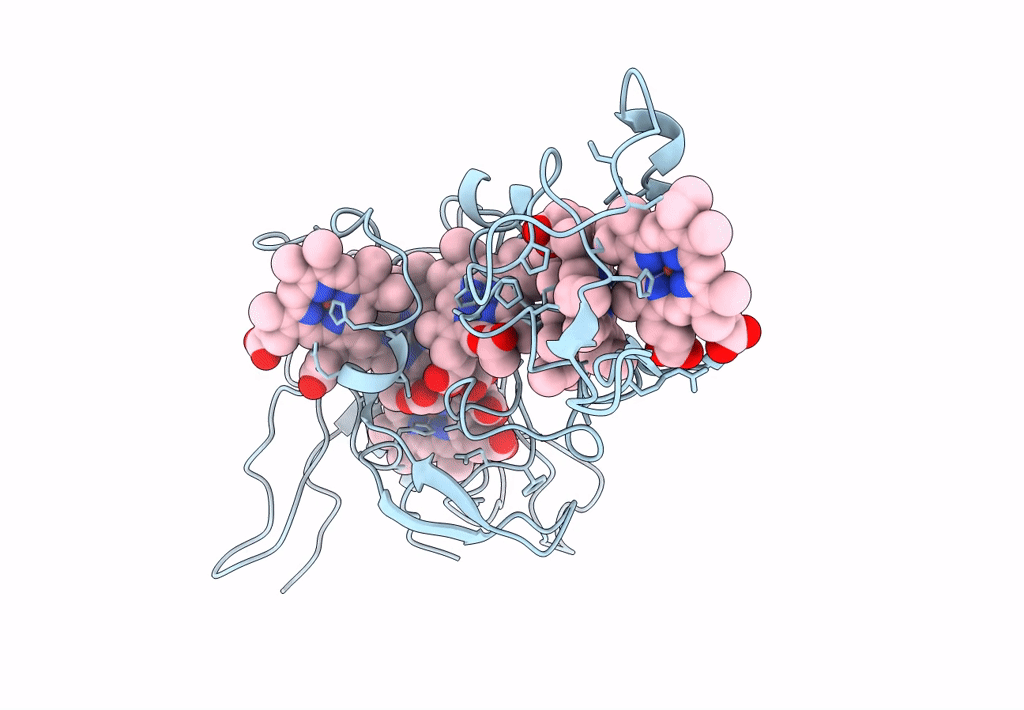
Deposition Date
2022-06-10
Release Date
2022-09-14
Last Version Date
2025-05-14
Entry Detail
PDB ID:
8D9M
Keywords:
Title:
Cryo-EM of the OmcZ nanowires from Geobacter sulfurreducens
Biological Source:
Source Organism:
Geobacter sulfurreducens (Taxon ID: 35554)
Method Details:
Experimental Method:
Resolution:
4.20 Å
Aggregation State:
FILAMENT
Reconstruction Method:
HELICAL


